Breaking the Web3 Mold: Security, Incentives, and the Radical Idea of the DNA program
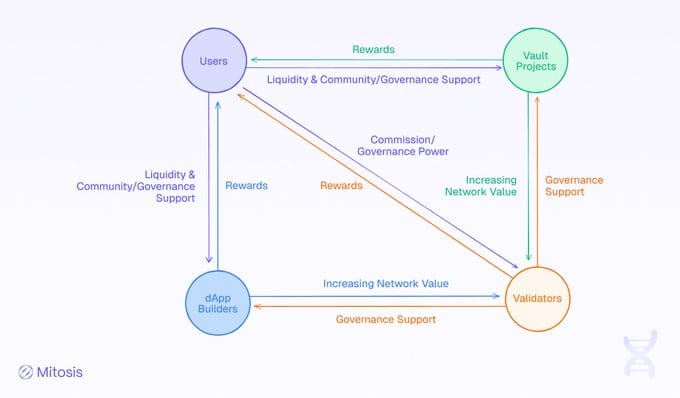
Introduction: Web3’s Incentive Crisis In Web3, there's an almost sacred tradition: launch fast, figure it out later. Nowhere is this more obvious than in how protocols handle incentives. Token models are rushed, reward mechanisms are barely tested, and ecosystems are flooded with short-term capital chasing unsustainable yields. The result? Unsurprisingly, fragile networks, toxic liquidity cycles, and communities that disappear as fast as they came. Incentive design—arguably the backbone of any decentralized protocol—is treated like an afterthought. But Mitosis is breaking that mold. Instead of blindly following the launch-first mindset, Mitosis is doing the unthinkable: planning. Long before its mainnet goes live, it's actively addressing one of the most complex challenges in the space.the chain incentive problem. Through deliberate research, rigorous design, and the creation of the DNA Program, Mitosis is laying the foundation for a sustainable, multichain future before a single mainnet block is produced. In a space obsessed with speed, Mitosis is taking its time—and that might be the most disruptive move of all.
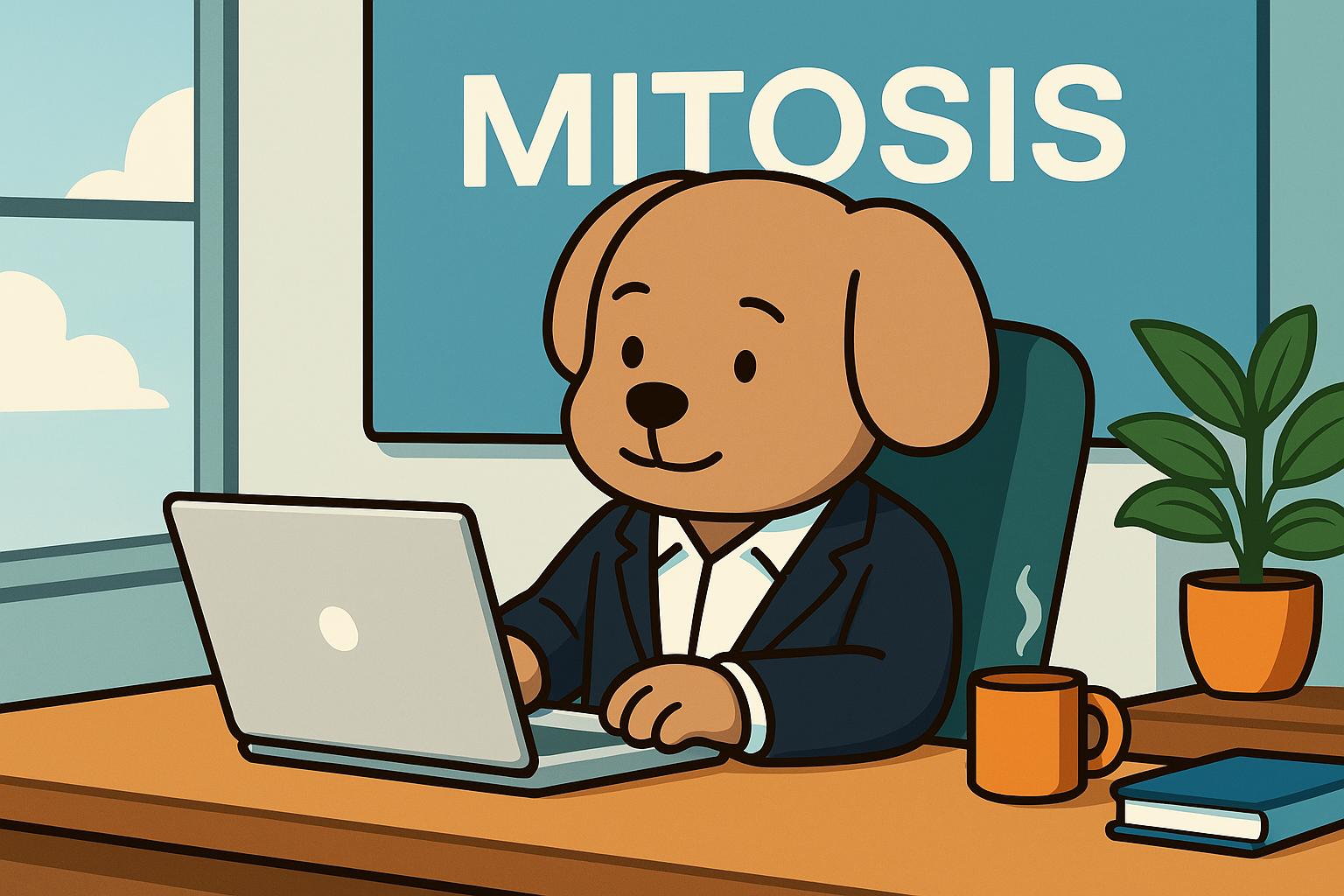
The Web3 Norm: Ecosystems Built on Short-Term Hype Most Web3 ecosystems aren’t designed to last—they’re designed to launch. From the moment they go live, protocols lean on high-yield incentives to drive rapid adoption, boost on-chain metrics, and attract capital. But these incentives often lack a crucial component: stickiness. The users they attract come for the yield, not the mission and they leave just as quickly. The result? A familiar pattern: short-term TVL spikes, unsustainable emissions, and token economies that collapse under the weight of their own hype. This is where Mitosis takes a hard turn. Instead of feeding into the hype cycle, Mitosis has developed the DNA Program a system built from the ground up to reward long-term participants. It’s not about farming the protocol and exiting it’s about growing with it. DNA is designed to recognize users who contribute meaningfully over time, across chains, and in various roles—from liquidity providers and validators to governance participants and infrastructure supporters. This approach flips the script: instead of incentivizing the presence of capital, it rewards the quality and commitment of participants. The DNA Program isn't a short-term boost. It's the backbone of a sustainable, incentive-aligned multichain ecosystem.
Inside the DNA Program: Aligning the Ecosystem The DNA Program is not just a clever gimmick it’s the heart of Mitosis' strategy to redefine how Web3 incentives are structured. Rather than using token emissions to attract the highest bidder or the fastest yield farmer, Mitosis' DNA Program incentivizes participants in ways that directly promote long-term, sustainable growth. At its core, the DNA Program works by rewarding meaningful and sustained participation. Unlike traditional incentive models, which are often weighted toward early, short-term gains, DNA focuses on rewarding users who contribute to the ecosystem over time. It’s built on a simple yet powerful premise: long-term value creation should be more valuable than short-term speculation. Here’s how it works: 1. Role-Based Participation: DNA assigns different roles within the ecosystem, such as liquidity providers, validators, and governance participants. Each role is tailored to promote behaviors that directly benefit the network’s stability and growth. The more involved a user is in strengthening the network, the more they are rewarded not just for short bursts of activity but for consistent and ongoing participation. 2.Reputation-Weighted Rewards: The program introduces reputation as a core component. Instead of simply rewarding financial input, DNA acknowledges the quality and impact of each participant's actions. For instance, a user who actively contributes to protocol governance or improves network security through responsible behavior will earn reputation points. These points, in turn, increase their rewards over time, ensuring that those who actively shape the ecosystem’s future are recognized and incentivized accordingly. 3. Cross-Chain Incentives: One of the biggest flaws in traditional Web3 incentives is their focus on siloed, single-chain activity. The DNA Program takes a more holistic approach, rewarding users for their actions across multiple chains. This encourages a more interconnected and resilient ecosystem, where participants are rewarded for driving value on various platforms, not just within isolated silos. 4. Sustainability Over Speculation: Unlike protocols that offer enormous yields for a limited time, only to collapse once the liquidity dries up, Mitosis’ DNA Program fosters a more sustainable, long-term value proposition. This isn't about chasing yields for a few weeks it's about rewarding participants who help build and maintain the ecosystem in a way that creates real, lasting value for all. By aligning incentives across roles, reputation, and chains, Mitosis ensures that those who are truly committed to the ecosystem are the ones who thrive long after the initial hype has faded.
V. Why This Is So Rare (and So Necessary)
In a landscape where quick wins are often prioritized over long-term vision, Mitosis' approach is not just rare it’s almost unheard of. In Web3, launching fast, pumping liquidity, and hoping for the best have become the standard operating procedures. But this model has created more casualties than success stories, with unsustainable incentive structures leading to catastrophic failures and rapid community churn.
Mitosis’ DNA Program stands as a stark contrast to this norm. It’s not about cutting corners or riding a wave of speculative hype. Instead, it’s about laying a strong, sustainable foundation for the future. This foresight is exactly what Web3 needs but rarely gets.
Why is it so rare?
- The Short-Term Mentality: The overwhelming majority of Web3 projects operate with a short-term mindset—build something flashy, launch with a bang, and worry about the consequences later. This “build fast, break fast” attitude, while exciting in the moment, is a recipe for failure in the long run. Mitosis' refusal to rush its mainnet launch and instead focus on proper incentive design shows an entirely different approach: one that values longevity over immediacy.
- The Incentive Trap: Many protocols simply don't think deeply enough about the long-term effects of their incentive structures. They often reward short-term capital, leaving the long-term health of the ecosystem in jeopardy. Mitosis’ DNA Program breaks this cycle by focusing on rewarding participants who contribute to the stability and growth of the network over time. It's a radical shift that will likely become the gold standard in the years to come.
- Multichain Complexity: Incentive design on a single chain is already a complicated puzzle, but Mitosis is tackling the even harder task of building incentives that reward cross-chain participation. This is a visionary move that can only be sustained with careful, thoughtful planning—and that's exactly what Mitosis is doing with DNA.

Conclusion: Mitosis Isn’t Just Building a Protocol—It’s Redesigning the Playbook In the chaotic, fast-paced world of Web3, the expectation is clear: launch quickly, attract users, and fix the mess later. It’s an approach that has led to a series of high-profile failures, leaving a trail of broken protocols, devastated communities, and dashed promises. For the most part, this “build-first, think-later” mentality has been the accepted norm. But Mitosis is doing something radically different. By slowing down to prioritize security audits and designing a sustainable, long-term incentive structure with the DNA Program, Mitosis is showing the industry that there is another way. A better way. Rather than succumbing to the pressure to launch fast, Mitosis is focusing on building something that will last. It’s about aligning incentives for long-term participation, creating a more resilient ecosystem, and rewarding users who contribute meaningfully over time—not just those who show up for the quickest win. As the Web3 space matures, the lessons learned from Mitosis' deliberate approach will likely become the gold standard. In a world full of protocols that burn bright and fade quickly, Mitosis is proving that slow and steady can actually win the race. Mitosis isn’t just building another protocol—it’s redesigning the playbook for Web3, one that rewards commitment over speculation and sustainability over short-term hype. In doing so, Mitosis is setting the stage for a future where the entire ecosystem can thrive, not just the loudest voices with the most capital.
Useful links
Learn about models of incentives from $Mito - gMito - lMito
Check out more articles like this on the Mitosis university community based website
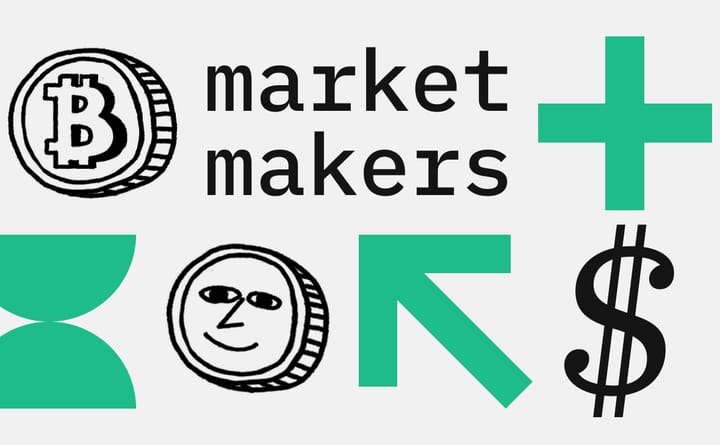
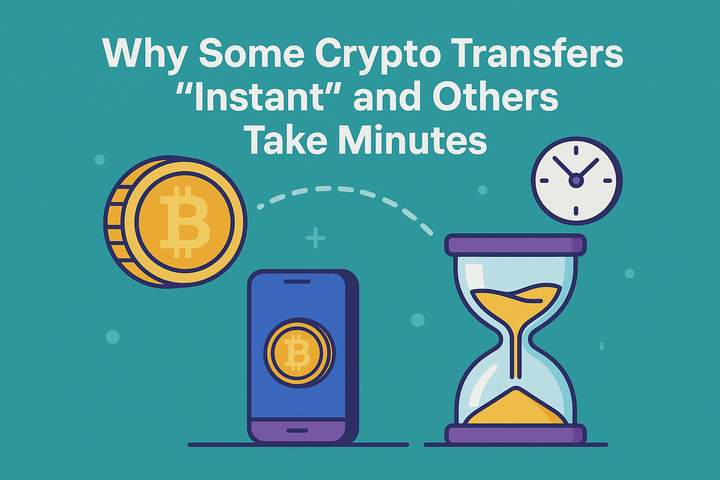
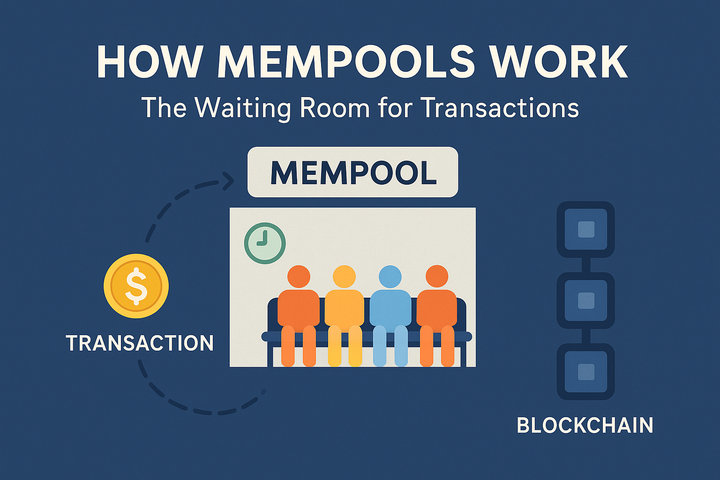
Comments ()